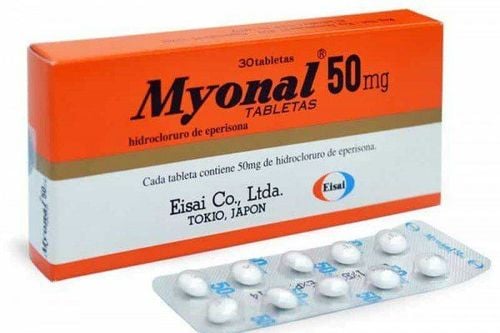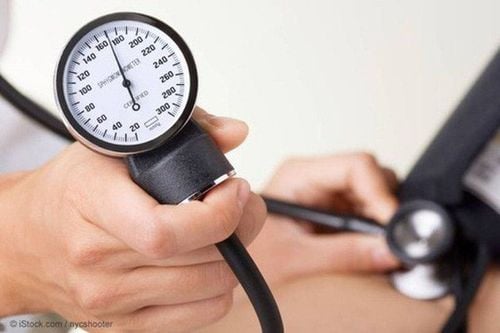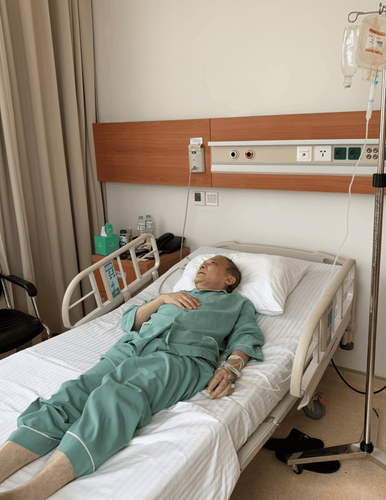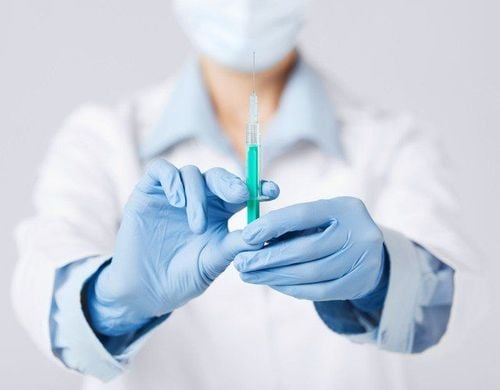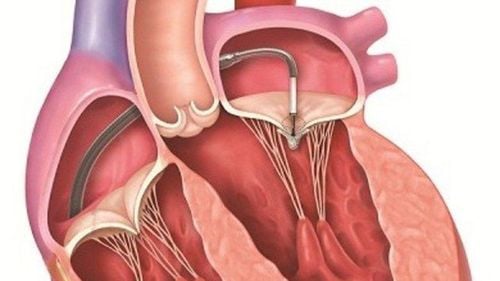This is an automatically translated article.
The article is professionally consulted by Master, Doctor Nguyen Thi My - Department of Medical Examination & Internal Medicine - Vinmec Danang International Hospital.Anaphylaxis can occur immediately or after taking medication, infusion, testing, being stung by a bee, or eating unfamiliar food. It is necessary to recognize early signs of anaphylaxis for quick and timely emergency care to avoid death due to acute respiratory failure and hypotension.
1. Clinical signs of anaphylaxis
Anaphylaxis is quite diverse, varies depending on the severity of the shock, the sensitivity of each body, the amount and rate of absorption of antigens or foreign substances into the body.Notable early signs of anaphylaxis are: Restlessness, shortness of breath, panic, laryngotracheal edema, acute heart failure, tachycardia, cold hands and feet, congestive heart failure,...
Time The course of anaphylaxis lasts from a few seconds to 30 minutes, the faster the rate of shock, the worse the prognosis.

2. Evolution of anaphylaxis
Anaphylaxis is classified into 4 levels as follows (according to the guidelines of the Ministry of Health on anaphylaxis):(note that anaphylaxis can worsen very quickly and not sequentially)
2.1. Mild (grade I): Only skin, subcutaneous and mucosal symptoms such as urticaria, pruritus, angioedema.
2.2. Severe (grade II): There are 2 or more manifestations in many organs:
a) Urticaria, angioedema appear rapidly.
b) Shortness of breath fast, shallow, chest tightness, hoarseness, runny nose.
c) Abdominal pain, vomiting, diarrhea.
d) Blood pressure has not dropped or increased, tachycardia or arrhythmia.
2.3. Critical (grade III): Manifestations in many organs with more severe levels as follows:
a) Airway: laryngeal stridor, laryngeal edema.
b) Breathing: Rapid breathing, wheezing, cyanosis, irregular breathing.
c) Consciousness disturbances: Struggling, coma, convulsions, circular muscle disorder.
d) Circulatory: Shock, small rapid pulse, drop in blood pressure.
2.4. Circulatory arrest (grade IV): Manifestations of respiratory arrest, circulatory arrest.
Notably, late complications after anaphylaxis may be encountered such as glomerulonephritis, allergic myocarditis, multi-organ failure. These complications can lead to death.
There are cases of anaphylaxis that have been treated, but 1-2 weeks later bronchial asthma, Quincke's edema, recurrent urticaria and sometimes colloidal diseases such as systemic lupus erythematosus, periarteritis nodosa...
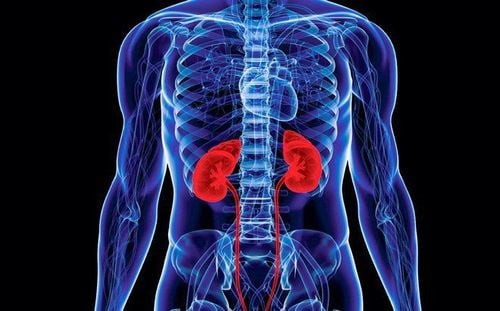
3. Recognizing anaphylaxis when infusion
When infusion at a medical facility or at home, patients may experience infusion shock, recognizable symptoms such as: Sweating, shivering, pale face, shortness of breath, rapid pulse...When a patient shows these symptoms, they must stop the infusion immediately, take action immediately according to the guideline for anaphylaxis treatment (Ministry of Health) for the patient and notify the doctor in charge to Find the cause of the shock and guide the treatment.
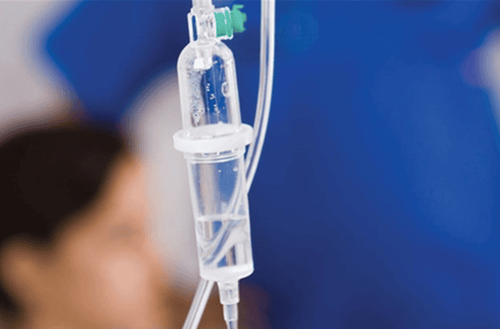
Vinmec International General Hospital is one of the hospitals that not only ensures professional quality with a team of leading medical doctors, modern equipment and technology, but also stands out for its examination and consultation services. comprehensive and professional medical consultation and treatment; civilized, polite, safe and sterile medical examination and treatment space.
Please dial HOTLINE for more information or register for an appointment HERE. Download MyVinmec app to make appointments faster and to manage your bookings easily.





